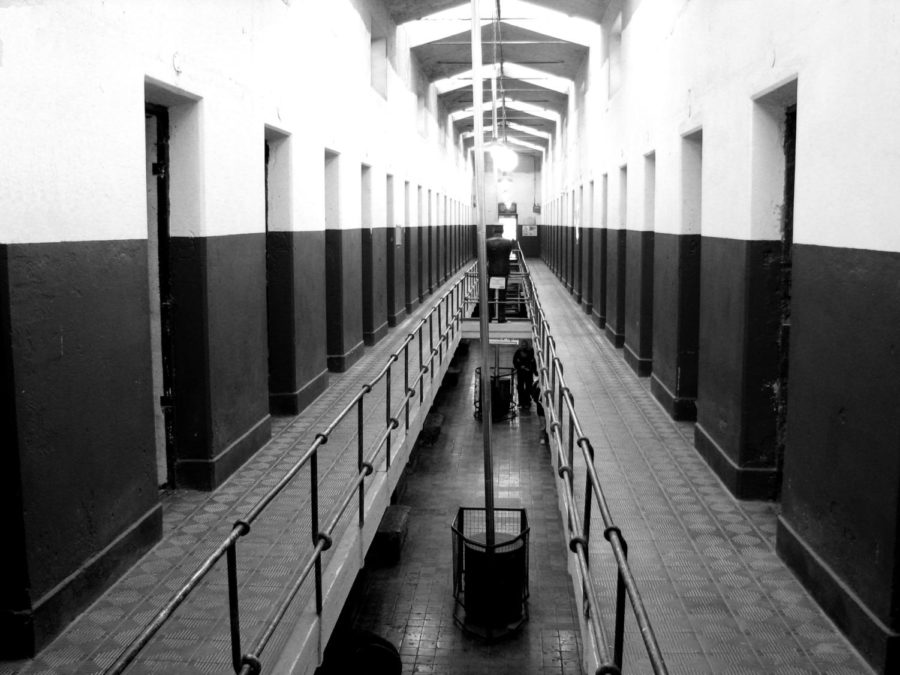Prison Violence is on the Rise
Prison violence in the United States is on the rise and is showing no sign of letting up. American prisons contain around 24 percent of all incarcerated individuals in the world, while the US only makes up four percent of the world’s population claimed Prison Policy Initiative.
According to Mother Jones, these high numbers of incarcerations (41 percent of Americans will be arrested at least once by the time they turn 23) lead to overcrowded conditions in our prisons. Increased violent crime inside of prisons is a result of the higher rate of incarceration; 19 percent of inmates claim they’ve been assaulted by other prisoners and 21 percent say they have been assaulted by prison staff.
These numbers do not take into account unreported incidents by prison staff, meaning that there could be as many as 180,000 cases of violence that go unnoticed, further claimed Mother Jones.
“The number one issue facing staff is the rate of mental illness that our population suffers from, causing issues [like violence],” said Reserve El Paso County deputy Robert Smit. “So we would have to address proper mental health care for the inmates to decrease the violence that we see.”
Solitary confinement is another contributing factor to the rising levels of crime in prison. Solitary confinement is considered torture by international law, though the U.S. prison system still deploys it.
After extended periods spent in isolation, prisoners can experience suicidal thoughts and actions as well as violent tendencies, such as increased irritability and more aggressive behavior.
“[El Paso County] doesn’t use solitary for extended periods of time. At most, someone might be subjected to a temporary housing while they deal with an issue, but as far as long-term such as days or weeks in solitary confinement that’s not an option for [El Paso County’s] criminal justice center,” explained Smit. “When used as a means of protection, it serves some purpose but when used as punishment it doesn’t.”
High profile inmates can pose a different, more targeted and often lethal form of danger. James “Whitey” Bulger, the infamous Boston mobster, was murdered within hours of his transfer to another prison. Smit explained that some prisons have what is commonly referred to as “the fish tank.”
“It’s where [prisons] house special inmates [such as] former law enforcement awaiting trial,” said Smit, “It’s just somewhere that has a minimal number of inmates that are under 24-hour observation under a deputy…so that they are not exposed to violence or if they are violent so that they don’t hurt other inmates or prison faculty.”
El Paso county prison was found to have an off-the-books fight club where officers would keep track of how many times they physically abused inmates. The Gazette wrote a very detailed article describing the fight club.
“We’ve had additional training to ensure that deputies apply the proper force towards non-compliant inmates,” said Smit. “Every deputy that uses force has to document every time they use force and they put that into a computer system that is reviewed by their superiors.”
Prison violence is a major issue that shows little improvement year after year. As far as El Paso County is concerned, the sheriff’s department is taking the right steps to lead to a less violent and more healthy future for our inmates by reducing time in solitary, utilizing the “fish tank” for high profile inmates and training deputies to use proper force.

Hey, I'm Eli Andrew, a Junior this year at AAHS I like the outdoors, rap, metal and other than that not much else.












